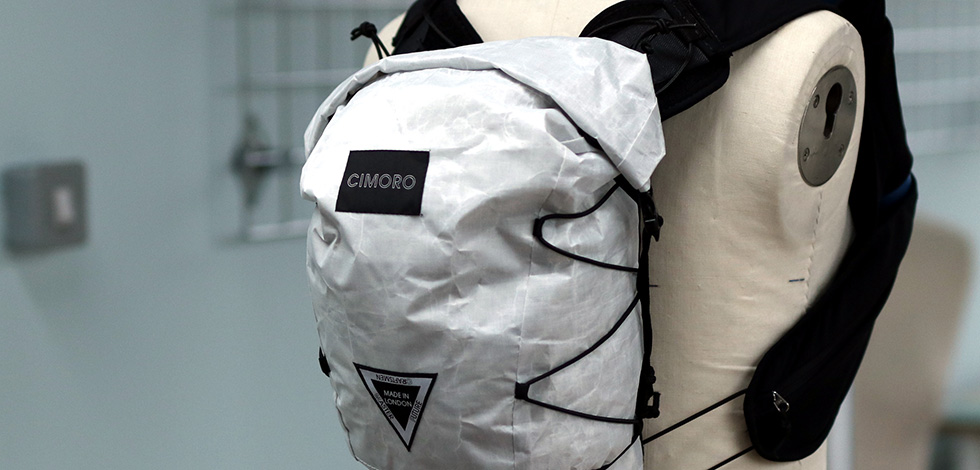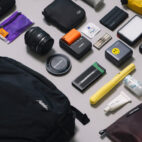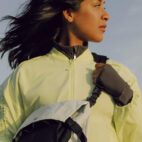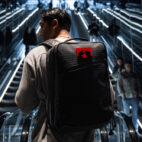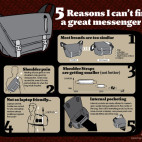Maker Spotlight | An Interview With CIMORO
The ultralight industry has always been a fertile ground for independent makers to innovate – the open-access and often open-source nature of trying to make all of your gear as light as possible can make for inspired design, and UK-based CIMORO (an abbreviation of City – Mountain – Road) is a very fine example. A brand working in small-batch runs of carry that can flex between active pursuits.
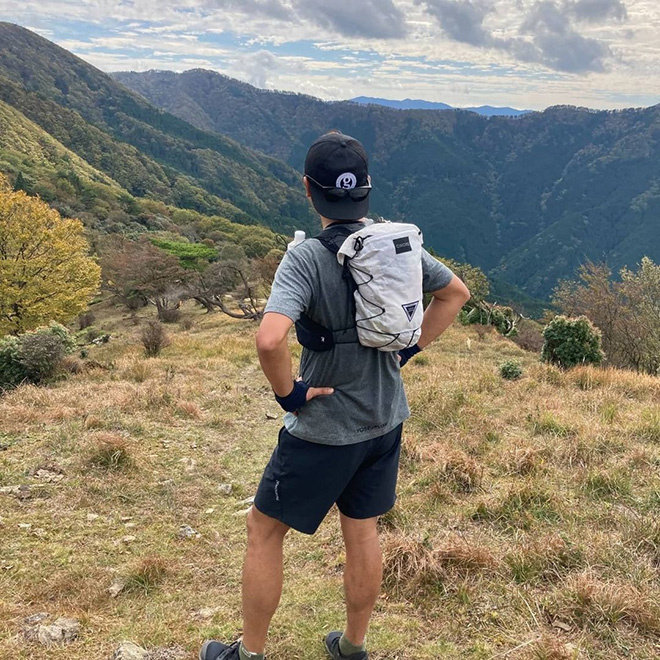
Alasdair Leighton-Crawford is the energetic, creative designer behind the CIMORO brand. His brand first caught our attention in 2021, making the cut as one of ‘8 Experimental Makers That Should Be on Your Radar‘.
After the article, Alasdair reached out with intel on his plans to develop his own UL running vest, designed to compete with the best running vests around.
Now, his creative group has several product offerings, including a crazy-awesome running vest (CIMORO UL Running Vest V1) that will be moving into factory production soon.
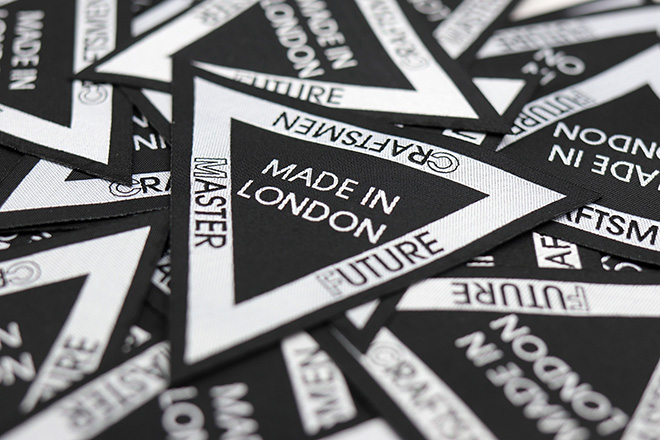
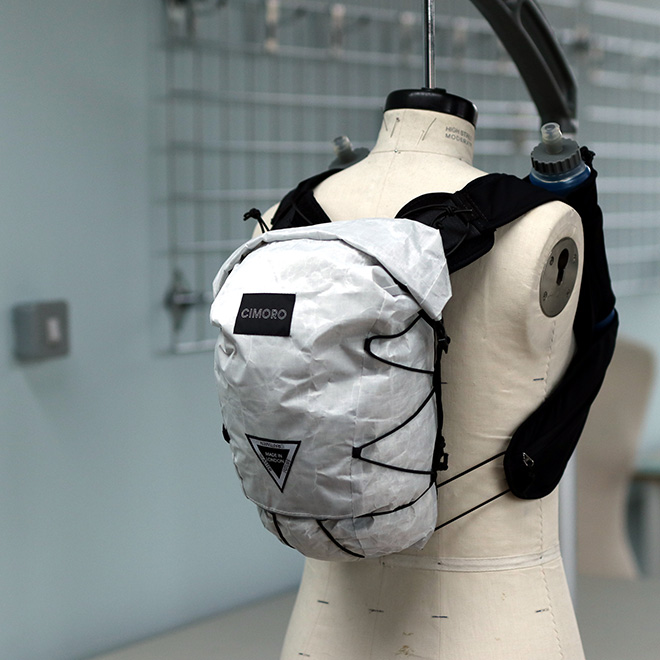
We caught up with him to talk about his company, his design philosophy, and where gear comes from.
Tell us a little bit about your background. How did you learn to sew, create, etc.?
I learned to hand sew on Savile Row in London as well as learned to sew on a sewing machine at home, mainly making shirts and repairing gear, but tailoring is where I began. Afterward, I worked in an atelier in Zurich working for lots of brands making every type of sportswear, from simple to highly technical. This is where I had access to every type of making and sewing machine, which was totally awesome.
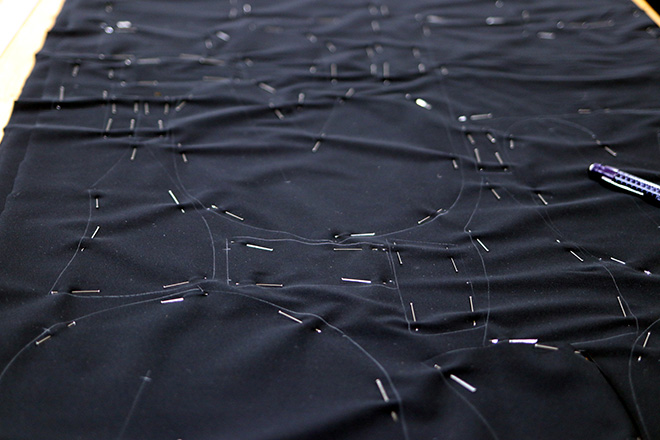
How did you get into making packs? Why an ultralight running pack?
Packs just seemed like the way to go. I love clothing, but that’s always been more of my day job. Backpacks are more utility and more moldable to our lives – we carry them everywhere and so I began experimenting. Vests really come from the collision of clothing with bags and that’s where I got interested in the ergonomics and materials being used. Having access to a lingerie atelier in my hometown helped me discover some other fabrics which could be incorporated into the designs.
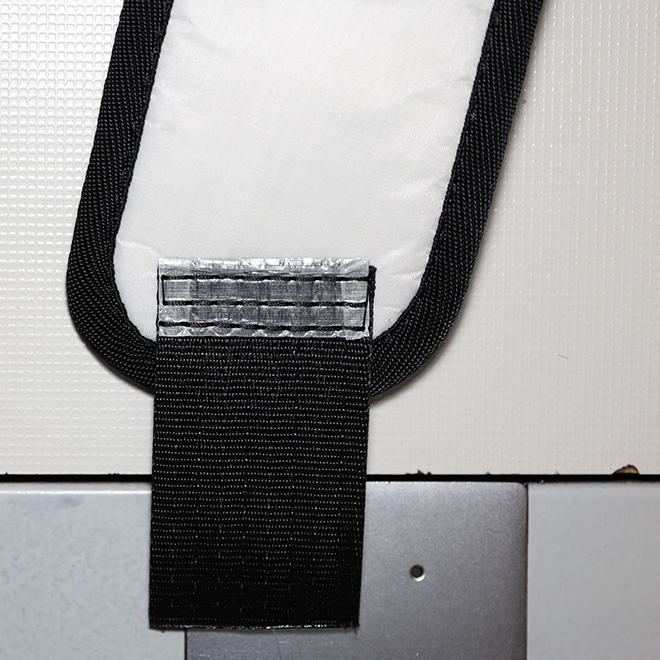
What does CIMORO mean? What does it stand for?
It means the first two letters of City, Mountain, Road. All the designs are inspired to a greater or lesser extent by one of these.
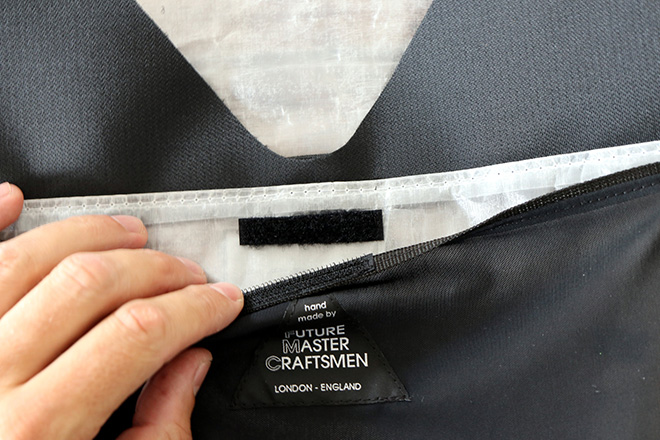
Can you talk a little bit about your self-proclaimed tagline of “Future Master Craftsmen”?
I was a tailor and when you become a top tailor your title is Master Craftsman (an old-world word for a person of the guild in London, UK). I just thought Future Master Craftsmen was where I wanted to take the brand, mixing up hand-craft with technology such as 3D and AR and computers/tech, but using this all to make great products that still feel human.
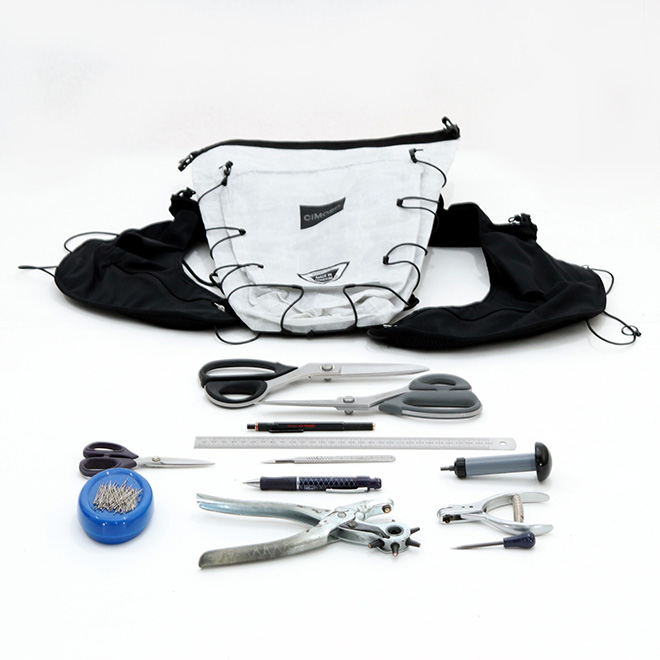
What does your creative process look like?
This depends on the project. Sometimes I go straight to paper from notes and sketches. Sometimes it’s 3D CAD then mixing it up with paper and sketches, sometimes purely 3D on the computer. Depends on what tool is best for the job.
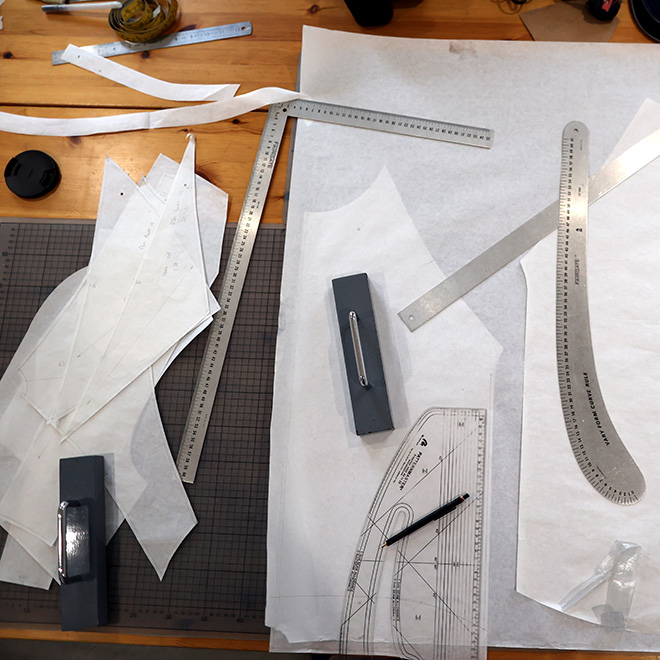
Where do you see CIMORO going from here?
We are slowly, slowly growing the range, by working with an awesome community of customers who are helping steer the designs and direction of the company. I think it’s important to incorporate feedback from the real people who are using your designs in the real world and I’m working on a few different formats so that we can change our designs in response to what our users want.
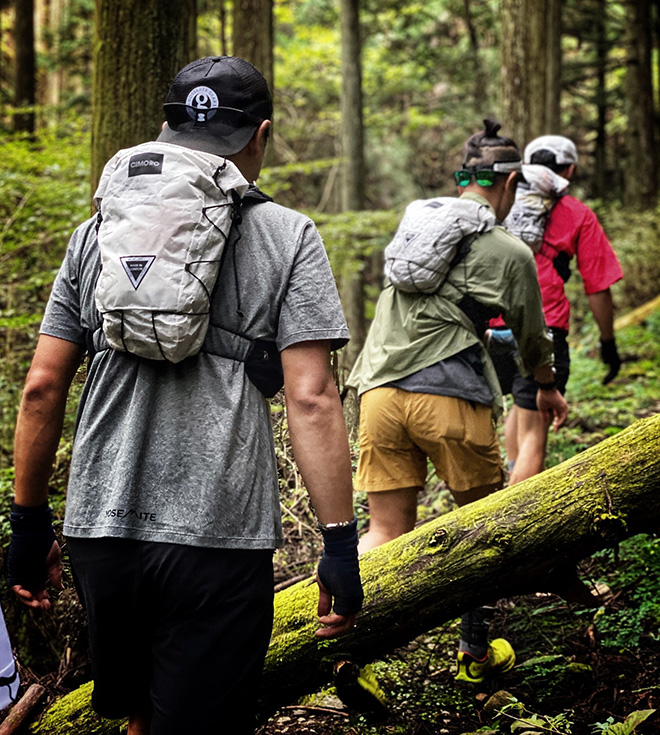
Can you talk a little bit about your decision to offer a small initial batch of packs followed by a larger-scale run?
As a small company with the skills to make in-house and loving doing it, it makes sense to do some production for the release of every product. To help get the vibe from the community as well as get a gauge on feedback and choices of what fabrics to use when it comes to a larger-scale run. I like this approach as it works well to iteratively develop things and reduce waste all the time. You only make what you need and you are always learning.
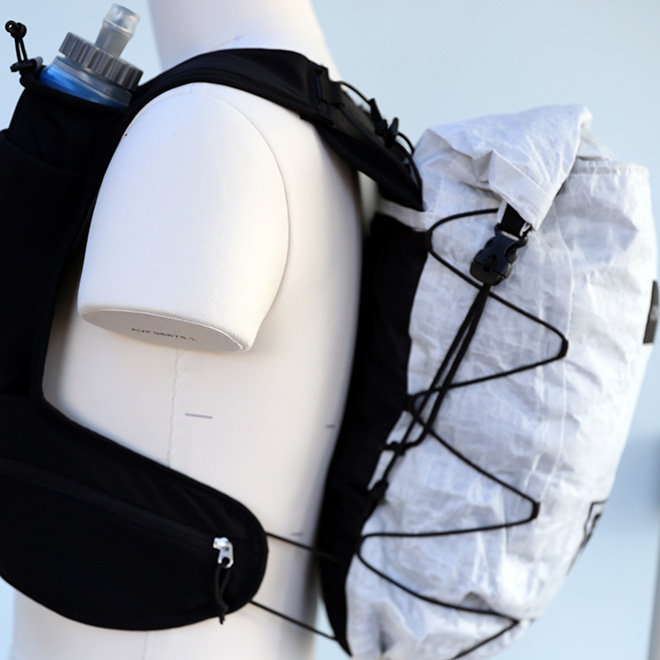
You seem to be very interested in the community of users and makers. Can you talk about how you see yourself and your company taking user feedback in the future?
I guess it started in tailoring. All bespoke suits, shirts, and accessories start with a tailor sitting down with his/her customer and deciding together what they would like. From this point, it becomes a partnership of both trust and expertise. The same can be said of making packs and later clothing; these things can be brought to more people without becoming disproportionately expensive, if you keep an eye on what technology can do for you!
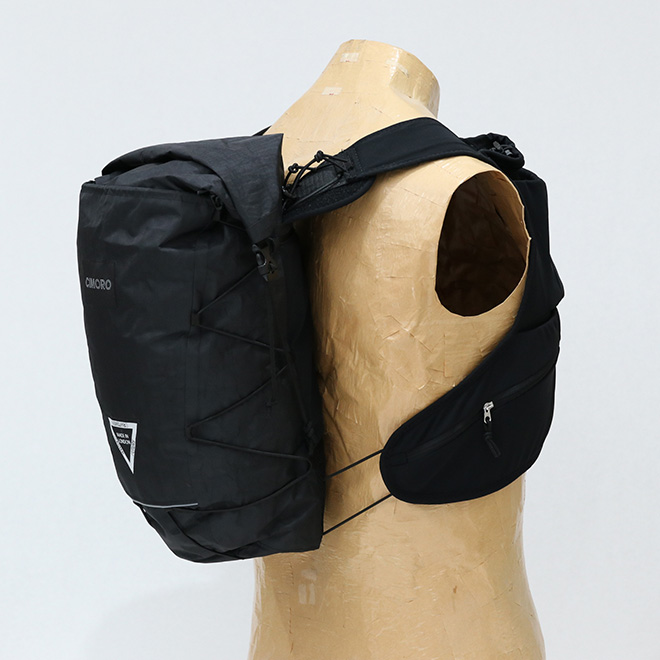
What is your most indispensable or favorite piece of gear? It can be something you made, or something else. It can be a piece of clothing, a bag, a pocket knife, etc.
Am I allowed two items?! My needle feed sewing machine which I bought second-hand after working in an atelier in Switzerland. It just works and is like an old Mercedes. Else, for sport, my 4FRNT Renegades (skis) made in the White Room in Salt Lake City, Utah in the early 2010s. Full wall to wall wood core. Developed by Eric Hjorleifson (Hoji) and Endre Hals at his epic ski barn in Norway. These guys are geniuses.
They are both true craftsmen and athletes.
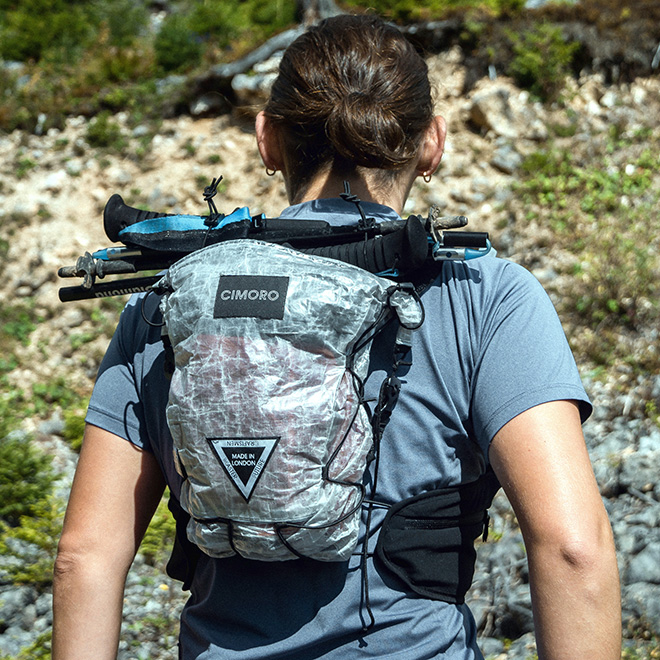
If you’re picking up what Alasdair is putting down, you can find more of his work on his website and drool over some gear on his Instagram.
This article was written by Jeff Wayland, trail runner, backpacker, cyclocross racer, fledgling paragliding pilot, and wannabe DIY pack maker.





 Carry Awards
Carry Awards Insights
Insights Liking
Liking Projects
Projects Interviews
Interviews
